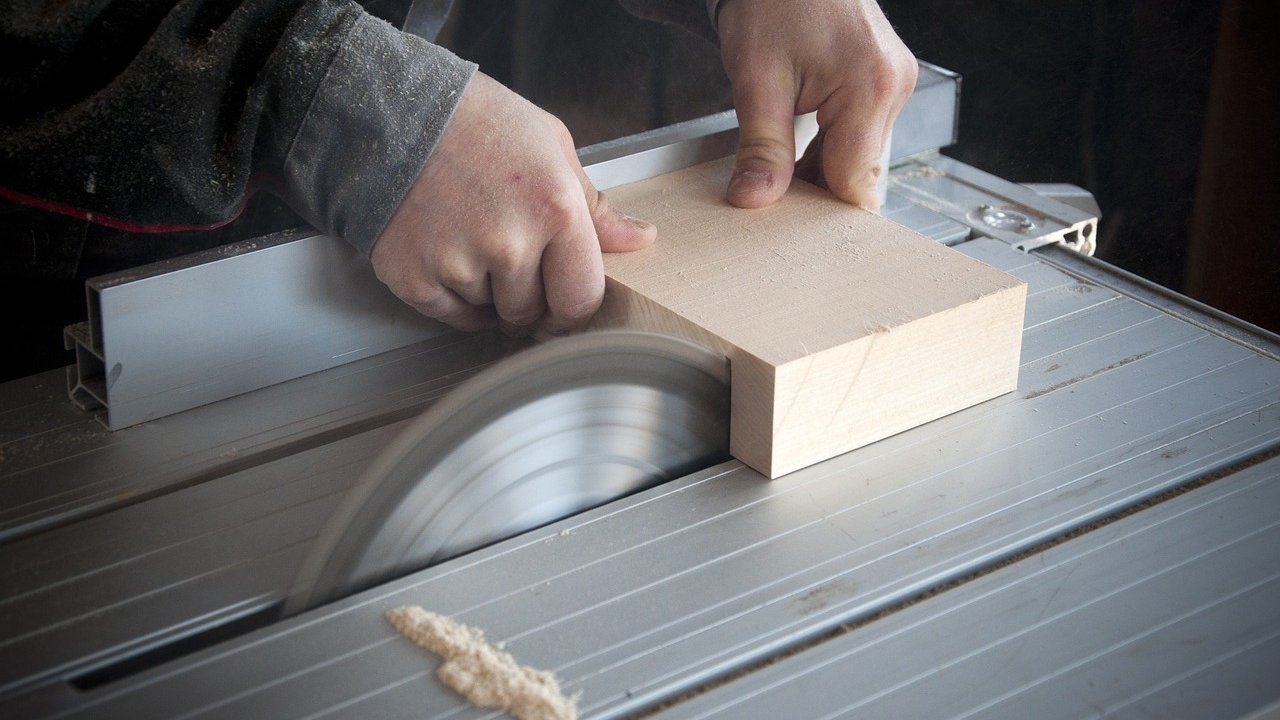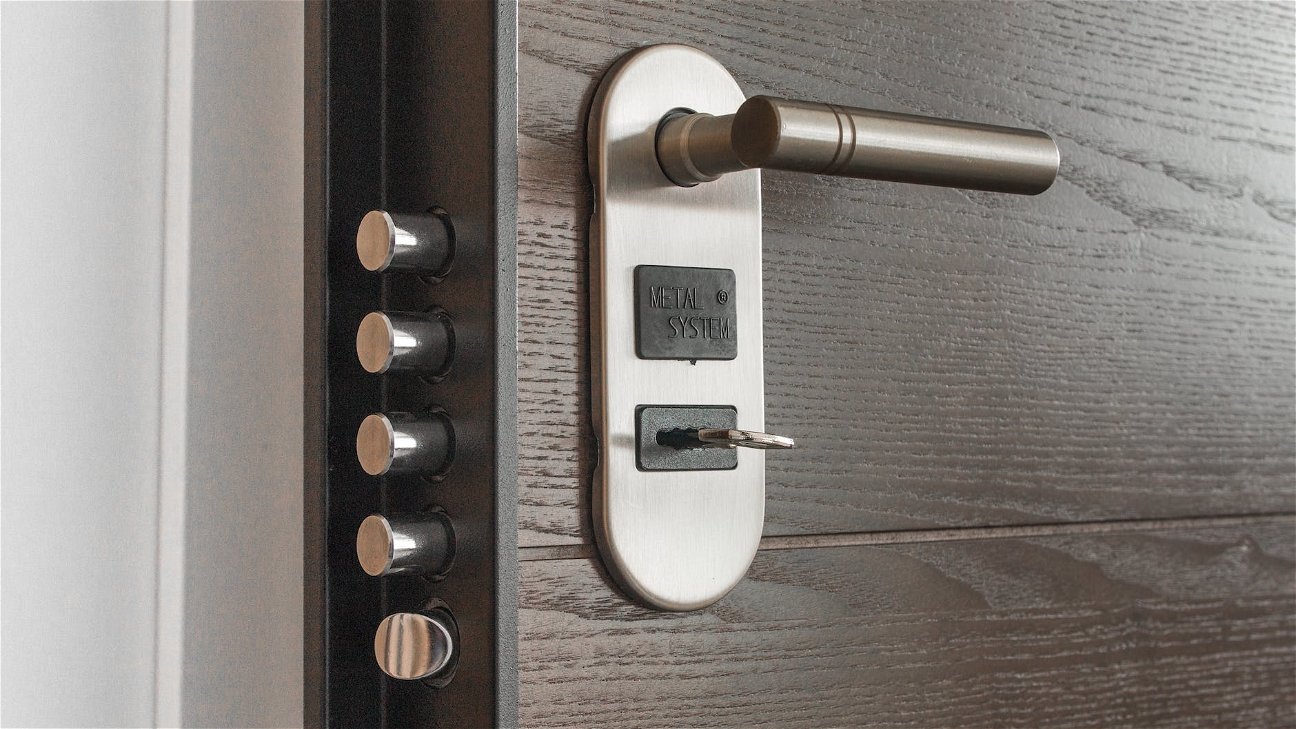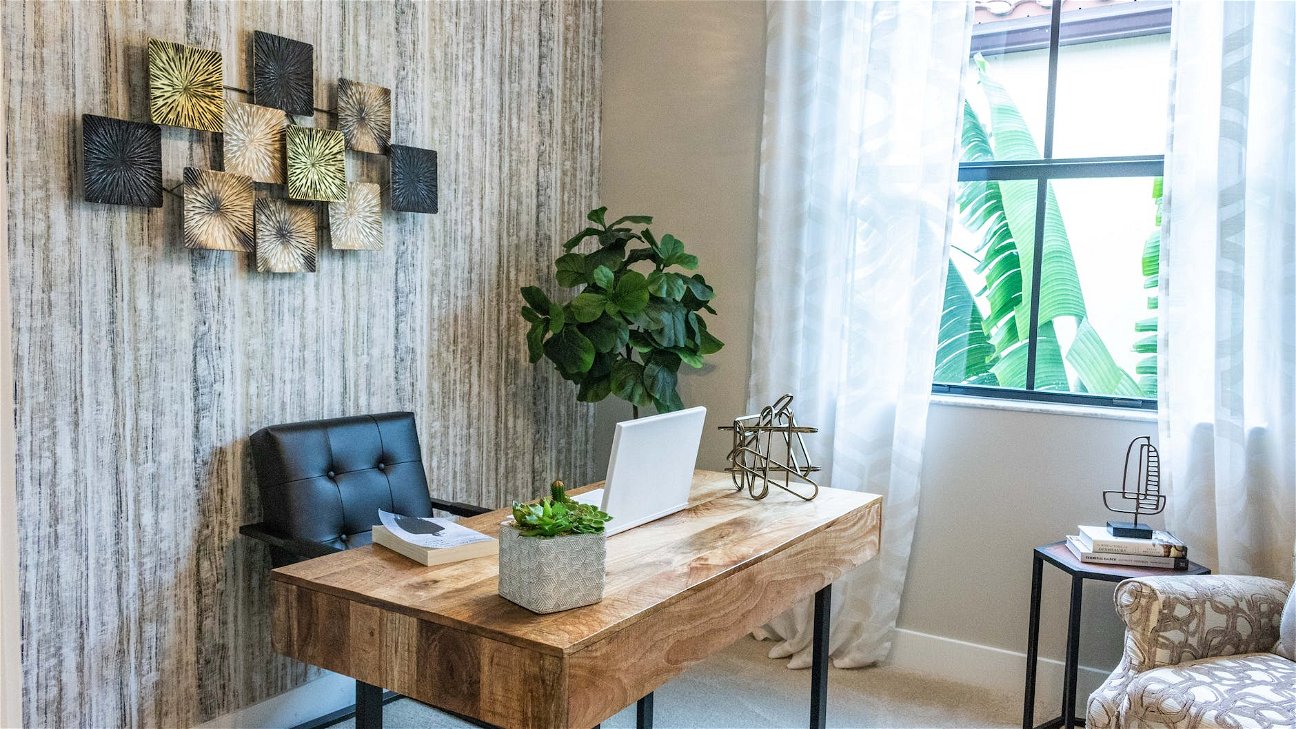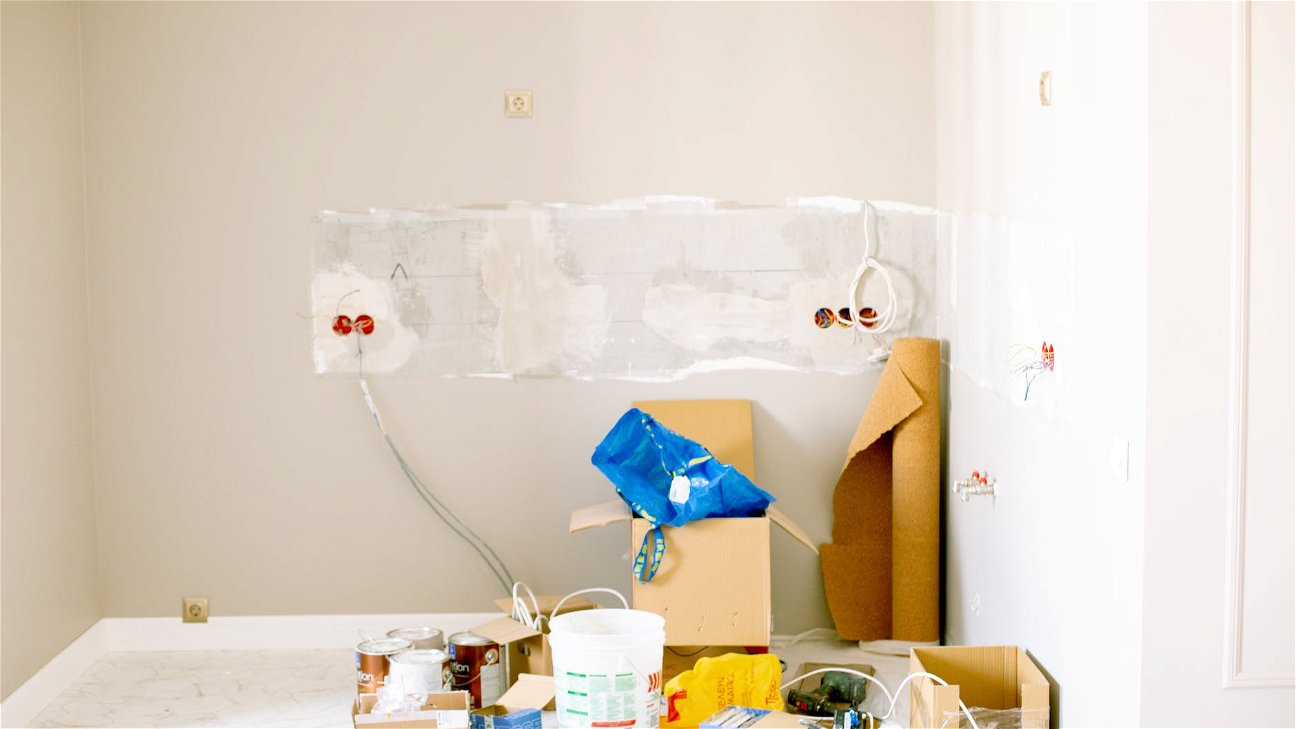
Woodworking is an art that requires both skill and passion. Whether you're just starting out or are well-versed in the craft, there are certain woodworking techniques that you simply need to master to create quality pieces. Here, we'll delve into the three essential woodworking techniques to help you get your craft to the next level.
The Essential Techniques
Woodworking may seem daunting to beginners, but mastering these essential techniques will make the process a lot easier and more enjoyable.
1. Basic Cutting Techniques
The first technique every woodworker should master is the basic cutting techniques. This involves learning how to use different tools, like the hand saw, circular saw, jigsaw, and more. Here are a few tips:
-
Hand Saw: The key to using a hand saw is ensuring the blade is sharp and applying even pressure when cutting.
-
Circular Saw: When using a circular saw, it's crucial to measure and mark your cut lines accurately to ensure a straight cut.
-
Jigsaw: The jigsaw is perfect for intricate cuts. The key is to go slow and steady, and let the saw do the work.
2. Techniques for Joining Wood
Once you've mastered cutting, the next step is learning how to join pieces of wood together. Here are a few common methods:
3. Techniques for Finishing Wood
The final essential technique involves finishing your woodworking project. This includes sanding, staining, and sealing to protect the wood and enhance its natural beauty.
Sanding
Start with a rough sandpaper and gradually move to finer grits for a smoother finish. Always sand with the grain of the wood.
Staining
Choose a stain color that complements the wood. Apply the stain with a brush or cloth, and wipe off the excess.
Sealing
After staining, apply a sealer to protect the wood and give it a glossy finish.
Remember, mastering woodworking is a journey, with each project bringing new lessons and skills. Keep practicing these essential techniques and you'll see your work improve over time.











